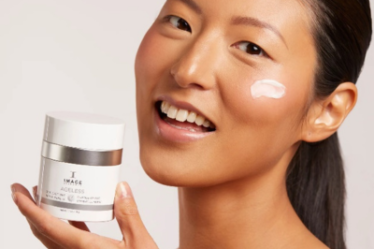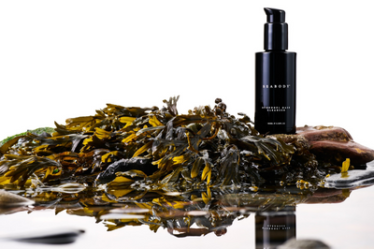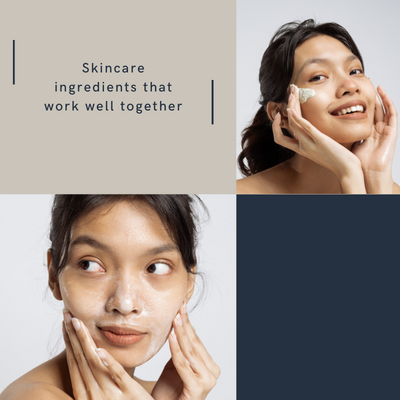
Vitamin C and Vitamin E.
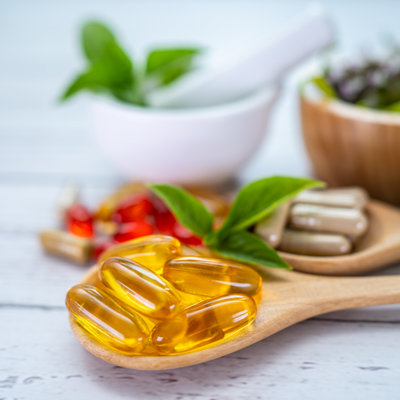
Vitamin C is the most abundant antioxidant in the skin and is essential to produce collagen however Only a small amount of vit C is made available naturally to our skin daily. The most important lipid soluble antioxidant in our tissue is Vitamin E and is abundant in the stratum corneum (our outer layer of skin). Our stratum corneum is most affected by oxidative stress thereby our levels of skin Vitamin E deplete quickly.
Both antioxidants used together enhance the effects of the other. Vitamin C helps to regenerate Vitamin E, making it more available to protect the skin from free radicals Vitamin E increases the action of vitamin C four-fold (x4). Vitamin C increases skin brightness and delivers stable antioxidant activity. Vitamin E is a hydrating and skin comforting antioxidant. Teamed together they will brighten, hydrate, and protect the skin. If paired with Sunscreen, evidence suggests that using a serum with contains both Vitamin C and E under sunscreen provides four times the protection of sunscreen alone. Used together these antioxidants will have the effect of protecting the skin against environmental damage caused by free radicals in addition to targeting fine lines and brightening effect.
Vitamin C and ferulic acid –Similar to Vitamin C Ferulic acid can fight free radicals to prevent and correct skin damage. When combined with Vitamin C ferulic acid helps stabilise the vitamin C helping to retain its potency, efficacy and extend its life
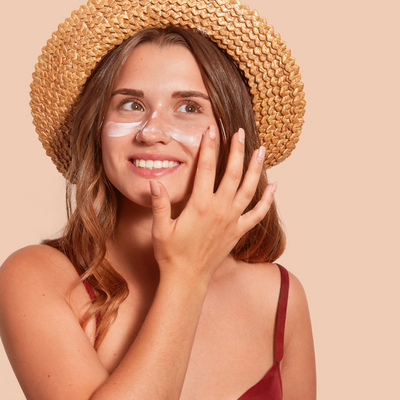
Vitamin C and SPF – Sunscreen by itself can block 55% of free radicals produced by UV exposure. Antioxidants can naturally protect us from free radical damage. Vitamin C does not absorb UV light but exerts a UV- protective effect by neutralizing free radicals to optimise UV protection, it is important to use sunscreens combined with a topical antioxidant. Combining the two enhances skin protection

Ceramides, Essential Fatty acids and cholesterol – Our lipid barrier is what protects our skin by providing a resistant barrier regulating the amount of water in and out of our skin Ceramides, fatty acids and cholesterol are what make up this barrier. When these are depleted from our skin our skin becomes dehydrated and dry resulting in a rougher and duller looking skin. These ingredients can be found in many OTC products and when applied to the skin replenish the substances that the stratum corneum is lacking and improve skin hydration.
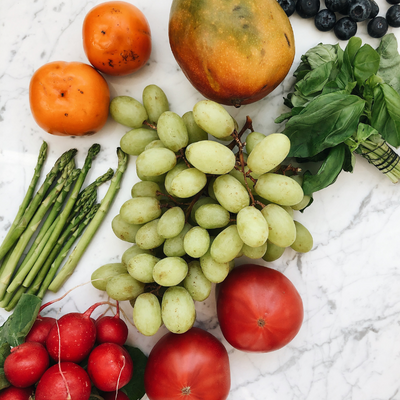
Retinol and Niacinamide = Retinol a type of Vitamin A has many skincare benefits however it can cause irritation and dryness by damaging the skins barrier and increase trans epidermal water loss. Niacinamide can stabilise the skins barrier function by reducing the amount of water lost and improving skin hydration counteracting the dehydrating effects of retinol and improve skins tolerance for it. Both retinol and niacinamide can boost collagen production
Retinol and Peptides – Vitamin A can treat anything from acne to ageing and works to repair visible damage by encouraging collagen production while reducing the look of wrinkles and large pores. Peptides are short chain amino acids which are the building blocks of protein like collagen in the body They permeate the skin cells and help with growth and repair. Using peptides and retinoid together means you get the collagen building effects of the retinoid, but it also works to improve the penetration of the peptide cream. Plus, many peptide creams can contain emollients which are hydrating ingredients that can help counteract the irritating effects that often come with using a retinoid. Pairing retinoids and peptides can increase their complexion -correcting properties
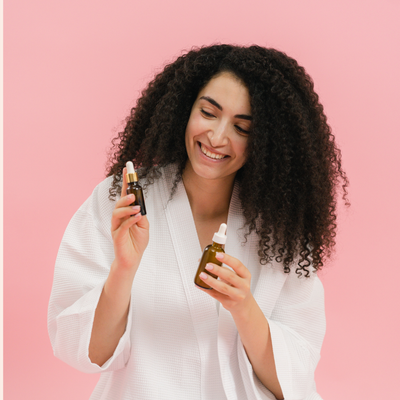
Retinol and Hyaluronic acid – Due to the hydrating properties of hyaluronic acid it can help reduce the irritation experienced with retinol. It should be Applied prior to using your retinol so it can act as a buffer to help reduce skin irritation. Research suggests that retinol can help increase the 3 types of hyaluronic acid your skin produces naturally. You can keep your skin hydrated while its busy creating its own hyaluronic acid
Glycolic acid and Resveratrol – Glycolic acid and resveratrol are both effective at reducing pigmentation and melasma. They both do this by inhibiting the key enzyme -tyrosinase in the production of melanin. Glycolic acid also has the added benefit of increasing rate of cell turnover and increased desquamation (shedding of the skin) to further speed up this process. However, the hybrid of glycolic acid and resveratrol (resveratryl triglycolate) is even more effective in the reduction of pigmentation
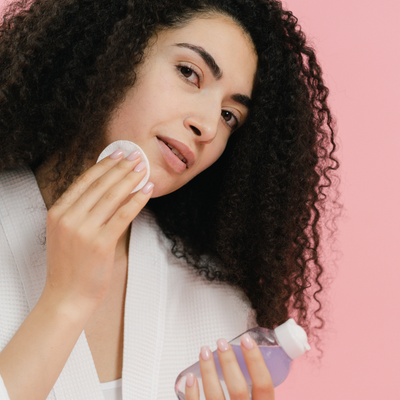
Niacinamide and Salicylic acid – Both have anti-ageing and anti-acne effects, boost collagen, and reduce sebum production. They are equally beneficial for reducing pore size. Enlarged pores are caused by increased sebum levels and reduction in collagen and elasticity within our skin. Both ingredients target both causes. Niacinamide can be hydrating and soothing on the skin which is especially beneficial when treating acne as harsh drying acne frightening ingredients can be counteracted by its properties. Combining niacinamides oil reducing ability with salicylic acids ability to dissolve excess oil is a great way to help keep pores clear and breakouts at bay
Salicylic acid easily penetrates pores as it is oil soluble it loosens and detaches skin cells and debris that builds up and can access sebaceous glands and reduce sebum production. Niacinamide reduces sebum production by decreasing the glyceride and fatty acids of surface sebum which helps to reduce pore size and improve skin texture.
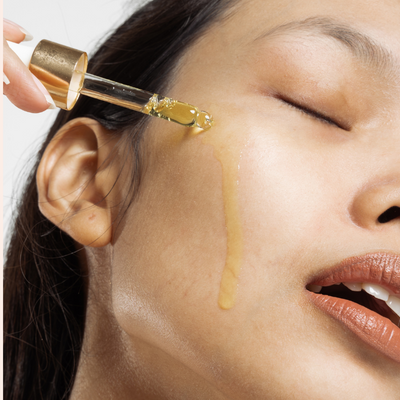
TEE TREE OIL and Hyaluronic acid – HA goes with most things but when combined with acne frightening tee tree oil it will soothe any possible irritation the natural remedy may cause. A great pairing in acne products. When combined the tee tree reduces microbial count on the skin surface due to its anti-microbial properties to interrupt the breakout cycle and ha delivers moisture and soothing action.

